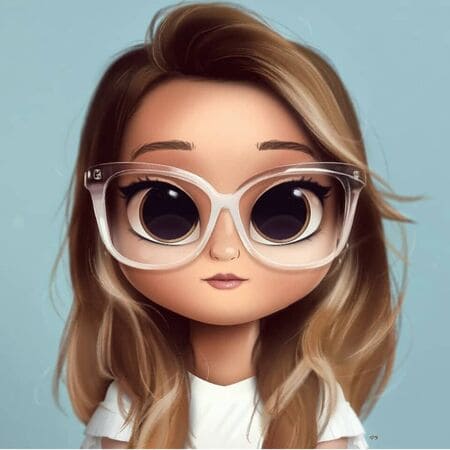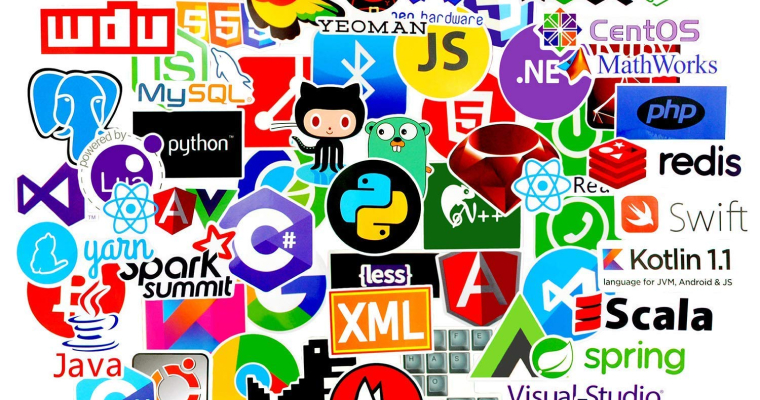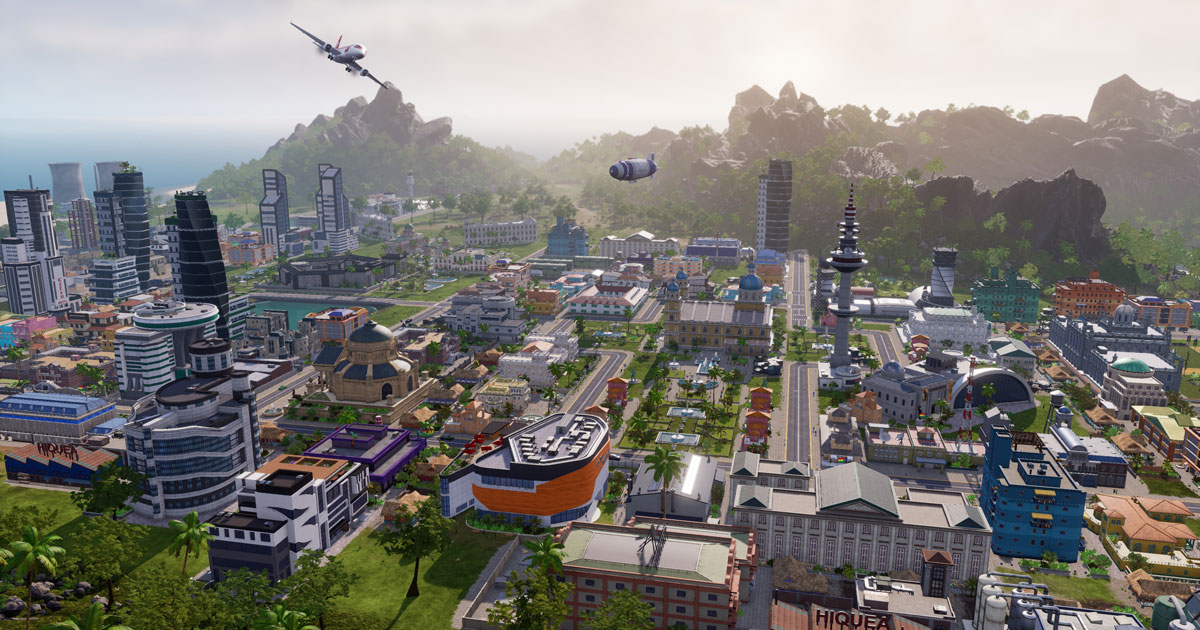Picture a world without talking toys, dancing princesses, or lovable ogres – pretty dull, right? Animation studios are the magical factories where dreams come to life, turning simple sketches into the stories that shape our childhoods and, let’s be honest, our adult lives too (no shame in watching cartoons with your morning coffee!). These creative powerhouses have transformed entertainment over the past century, pushing the boundaries of what’s possible in storytelling and technical innovation. From hand-drawn cells to mind-blowing computer graphics, they’ve taken us on journeys we never thought possible. Let’s dive into the wonderful world of animation and meet the studios that have turned imagination into an art form.
The Disney Dynasty: Where Dreams Began
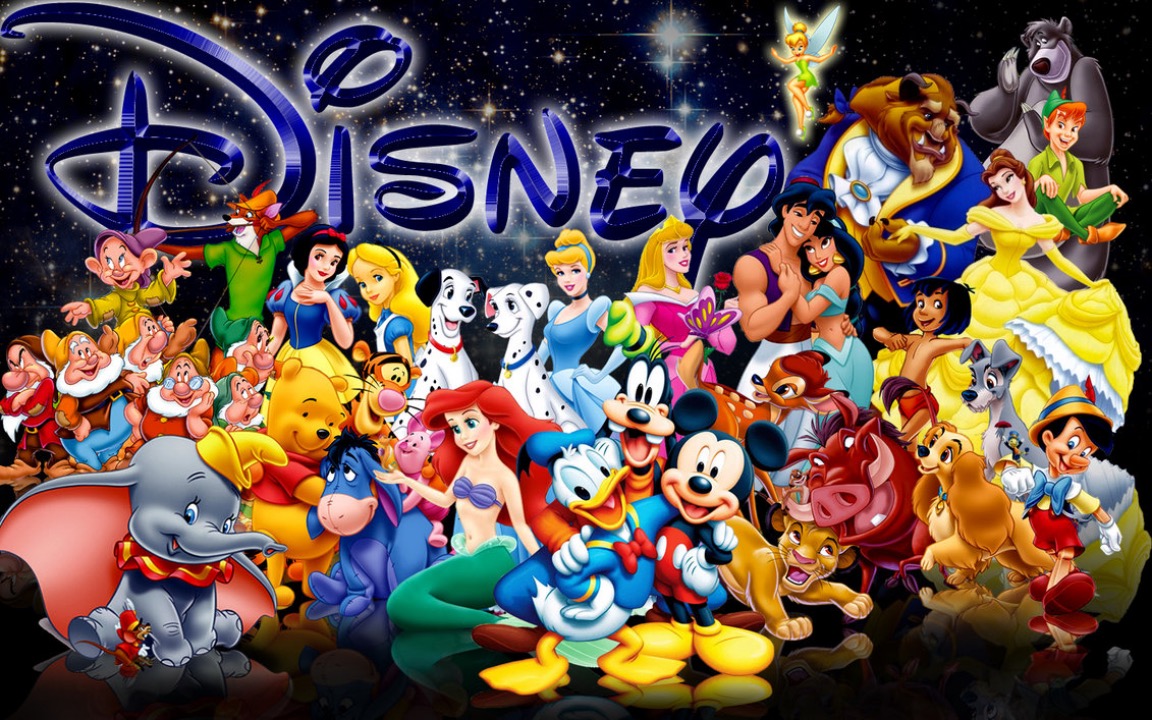
When you think animation, Disney probably pops into your head faster than you can say “bibbidi-bobbidi-boo” – and for good reason! Walt Disney Animation Studios is like that overachieving friend who sets the bar impossibly high for everyone else. Starting with Steam Boat Willie in 1928 (fun fact: that’s when Mickey Mouse first whistled his way into our hearts), Disney has been the gold standard in animation for nearly a century.
Remember the first time you saw Snow White? That 1937 masterpiece wasn’t just the first full-length animated feature – it was a declaration that animation could be more than just silly cartoons. It’s like Disney looked at the entertainment world and said, “Hold my paintbrush!”
The studio’s evolution reads like a highlight reel of animation history. From the revolutionary multiplane camera (imagine a layer cake of animation that created depth before computers were a thing) to the renaissance of the late 80s and 90s (hello, Little Mermaid and Lion King!), Disney kept pushing the envelope. Then came the digital revolution, and instead of clutching their pencils in fear, they embraced it. Tangled and Frozen didn’t just showcase new technology – they proved that cutting-edge animation could still have that classic Disney heart.
Today, Disney continues to experiment with style and storytelling. Take Moana’s water effects or Big Hero 6’s blend of superhero action and emotional depth. They’re like a master chef who knows all the classic recipes but isn’t afraid to try new ingredients. With upcoming projects constantly in development, Disney remains the house that magic built, consistently proving that innovation and tradition can coexist beautifully.
Aardman Animations: The Clay Masters
Imagine if your childhood Play-Doh creations suddenly came to life and started having witty British adventures – that’s basically Aardman Animations in a nutshell! This Bristol-based studio has turned clay animation into an art form, creating 3D characters so expressive you sometimes forget they’re made of modeling clay.
What makes Aardman special? Here’s what sets them apart:
- Their signature style combines detailed claymation with very British humor
- Each character requires multiple models (Wallace alone had 24 different versions!)
- A typical day of filming produces just a few seconds of footage
- They blend traditional stop-motion with modern digital effects
The studio’s journey from small commercial work to international acclaim is like watching a local cheese shop become a global gourmet empire. Wallace & Gromit, their most famous duo, started as a simple idea and grew into a cultural phenomenon. Their first feature film, Chicken Run, proved that clay characters could carry a full-length movie – and make us care deeply about the fate of some escaping hens!
What’s truly remarkable about Aardman is their dedication to the craft. In an age where computers can generate entire worlds, they’re still hand-sculpting characters and moving them frame by frame. It’s like being a master baker who insists on kneading bread by hand when everyone else is using machines – and somehow, the results taste better!
Pixar: The Digital Revolutionaries

Picture this: it’s 1995, and suddenly a bunch of toys come to life on the big screen, looking so real you could almost reach out and grab them. That was Pixar’s Toy Story, and it didn’t just change animation – it flipped the whole industry on its head like a Pizza Planet truck doing a backflip!
Pixar started as a hardware company (bet you didn’t see that coming!) before becoming the storytelling powerhouse we know today. It’s like they were building the best kitchen in the world before realizing they could also cook up the most amazing meals in it. Their secret sauce? A perfect blend of cutting-edge technology and heartfelt storytelling that hits you right in the feels.
Think about their track record: Finding Nemo made us care about fish more than we ever thought possible, Inside Out turned emotions into unforgettable characters, and don’t even get me started on the first ten minutes of Up (I’m not crying, you’re crying!). Each film pushes technical boundaries while never forgetting that story is king. They could probably animate every individual hair on Sulley’s body in Monsters Inc., but what made us love him was his heart of gold.
The studio’s influence on computer animation can’t be overstated – they’re like the cool teacher who changed how everyone thought about their subject. Their rendering software, RenderMan, has been used in countless films beyond their own, essentially becoming the industry standard. But perhaps their greatest achievement is making us forget we’re watching computer animation at all – we’re just lost in the story.
Studio Ghibli: The Poets of Animation
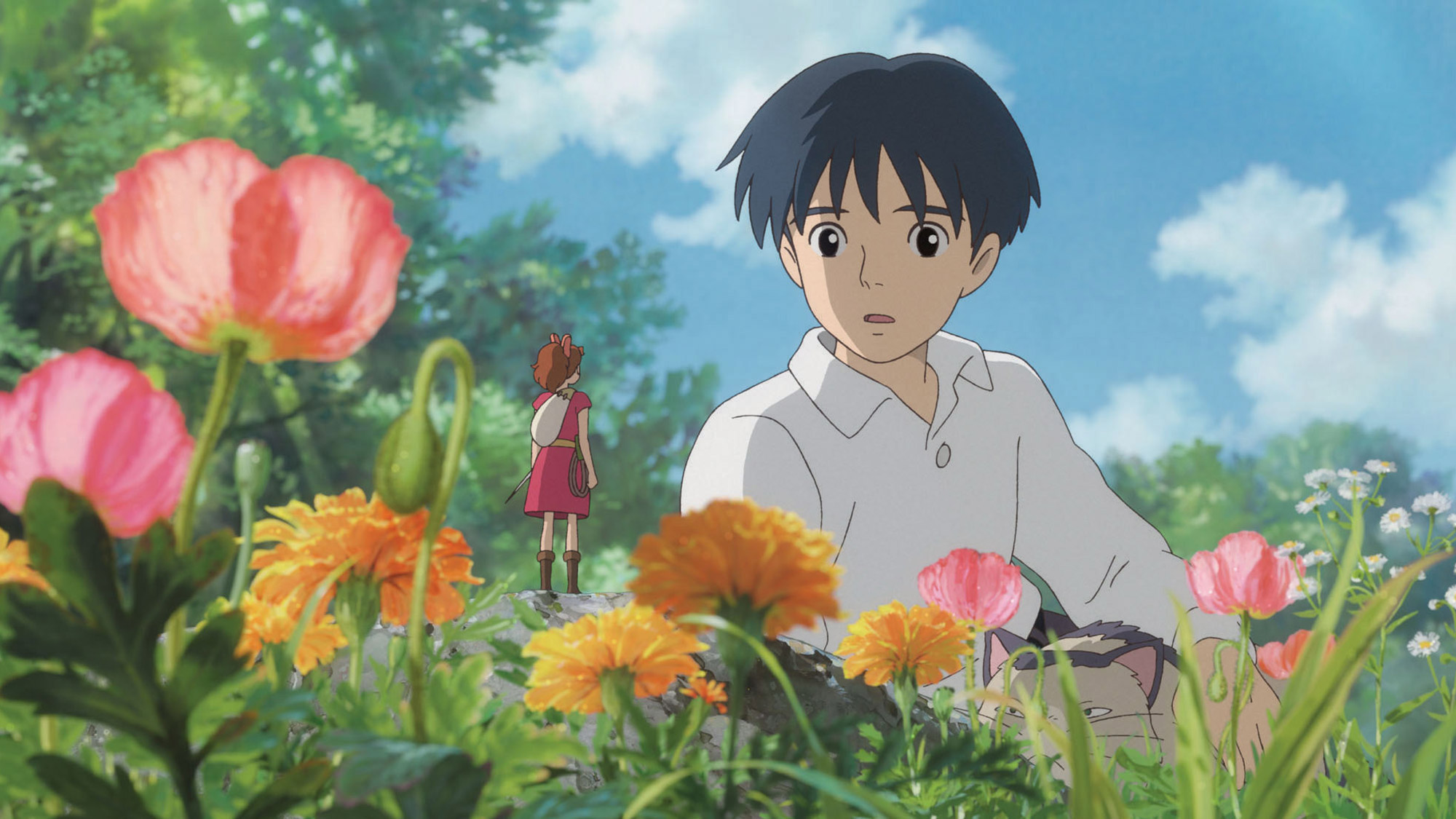
If Disney is like a Broadway musical and Pixar is a Hollywood blockbuster, then Studio Ghibli is pure poetry in motion. This Japanese animation studio, founded by the legendary Hayao Miyazaki and Isao Takahata, creates films that feel like dreams you never want to wake up from.
What makes Ghibli special? Imagine if your childhood imagination had a master painter’s skill and a philosopher’s mind. Their films tackle complex themes like environmentalism (Princess Mononoke), the horrors of war (Grave of the Fireflies), and growing up (My Neighbor Totoro) with a grace that makes them accessible to both kids and adults. It’s like they found a way to bottle wonder and spread it across the screen.
Their dedication to hand-drawn animation in a digital age might seem old-school, but it’s actually revolutionary in its own way. Each frame is crafted with meticulous attention to detail – from the way food looks so delicious you can almost taste it (seriously, has anyone ever made animated meals look better?) to the subtle expressions that speak volumes without a word being said.
The studio’s influence extends far beyond Japan. When Spirited Away won the Academy Award for Best Animated Feature in 2003, it didn’t just open doors – it blew them off their hinges. Western audiences suddenly realized that animation could be more than just entertainment for kids; it could be art with a capital A.
WDAS Japan (formerly Walt Disney Animation Japan): The Anime Adaptors
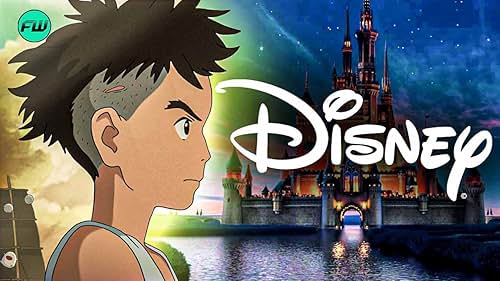
Think of WDAS Japan as the cool cousin who moved abroad and came back with amazing stories. Originally established as Walt Disney Animation Japan, this studio became a crucial bridge between Western and Eastern animation styles.
Their greatest hits include:
- The TV series of Aladdin and Hercules
- Direct-to-video sequels of classic Disney films
- Original anime-influenced productions
- Collaborative projects with Japanese animation studios
What made them unique was their ability to maintain Disney’s quality while incorporating anime elements. It’s like they found the sweet spot between a hamburger and sushi – something that shouldn’t work but absolutely does! Their work on Goof Troop and Darkwing Duck brought a new energy to Disney’s television animation.
The studio’s influence on modern animation can’t be overstated. They showed that different animation styles could coexist and complement each other, paving the way for today’s global animation scene. Even though the studio eventually closed, their legacy lives on in the way modern animations freely mix Eastern and Western styles.
DreamWorks Animation: The Playful Challengers
Remember when someone first told you Shrek was going to be a different kind of fairy tale? DreamWorks Animation studio burst onto the scene like that friend who shows up to a formal dinner in a Hawaiian shirt – and somehow makes it work! They’ve built their identity on zigging when others zag, and it’s paid off brilliantly.
From the start, DreamWorks studio positioned itself as the cool alternative to Disney’s traditional approach. Their characters are sarcastic (looking at you, Shrek), their pop culture references are sharp (Madagascar), and they’re not afraid to get a little weird (Boss Baby, anyone?). It’s like they took the animation rulebook and decided to use it as a coaster instead.
Their technical innovations are nothing to sneeze at either. The studio has pioneered new animation techniques, particularly in their How to Train Your Dragon series, which made flying sequences so realistic you might want to check for motion sickness. They’ve also mastered the art of character animation – just watch the facial expressions in Kung Fu Panda or the movement in Spirit: Stallion of the Cimarron.
But perhaps their biggest contribution to the industry is showing that there’s room for different voices and styles. They proved you don’t have to follow the traditional fairy tale formula to create beloved classics. Their success opened the door for more diverse storytelling approaches in mainstream animation.
Industrial Light & Magic: The Effects Wizards
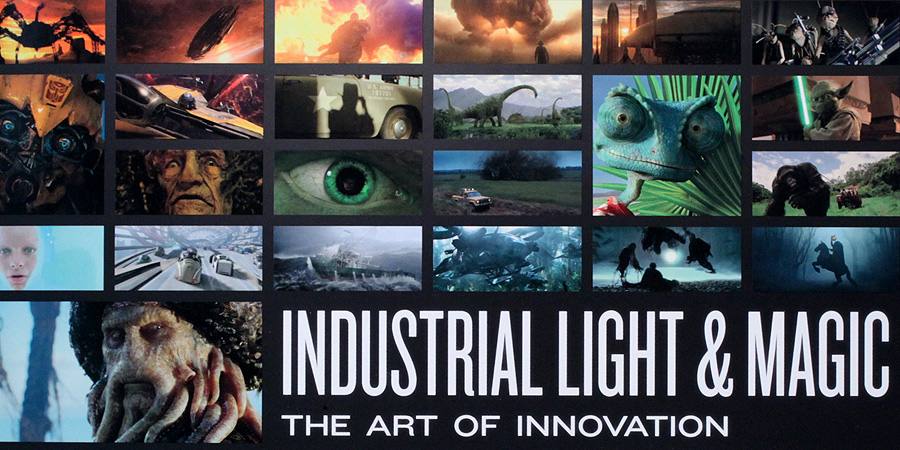
“But wait,” you might say, “isn’t ILM more about special effects?” Well, grab your seat, because this is where things get interesting! While they might be famous for making spaceships zoom and dinosaurs roar, ILM has been quietly revolutionizing animation in ways you might not expect.
Their contributions to animation include:
- Groundbreaking CGI character animation (remember Davy Jones in Pirates of the Caribbean?)
- Motion capture innovations
- Virtual cinematography techniques
- Real-time rendering technologies
Think of ILM as the Swiss Army knife of visual effects – they might not be exclusively an animation studio, but their tools and techniques have changed how animation works forever. Their work on films like Rango showed they could create a fully animated feature that looked unlike anything else out there.
The really cool part? Many of their innovations eventually trickle down to other animation studios. It’s like they’re the tech pioneers who go into uncharted territory first, making it easier for others to follow. Their recent work with virtual production (using game engines for real-time animation) is already changing how animated content is made.
Cartoon Saloon: The Celtic Storytellers
If Studio Ghibli and a book of Irish folklore had a baby, it would probably look a lot like Cartoon Saloon. This Irish animation studio has been creating some of the most visually stunning and culturally rich animations you’ve probably never heard of (but absolutely should watch!).
Their distinctive features include:
- Hand-drawn animation that looks like moving paintings
- Deep roots in Celtic mythology and Irish culture
- Strong environmental and social messages
- Unique visual style that changes with each film
The Secret of Kells, Song of the Sea, and Wolfwalkers form what fans call their “Irish Folklore Trilogy” – each one more gorgeous than the last. It’s like they’ve found a way to animate the pages of an ancient illuminated manuscript while telling stories that feel completely modern.
What’s particularly impressive about Cartoon Saloon is how they’ve managed to stay true to traditional animation techniques while telling sophisticated stories. They’re proof that you don’t need a massive budget or cutting-edge technology to create masterpieces – just vision, talent, and a really good story.
Animal Logic: The Technical Innovators
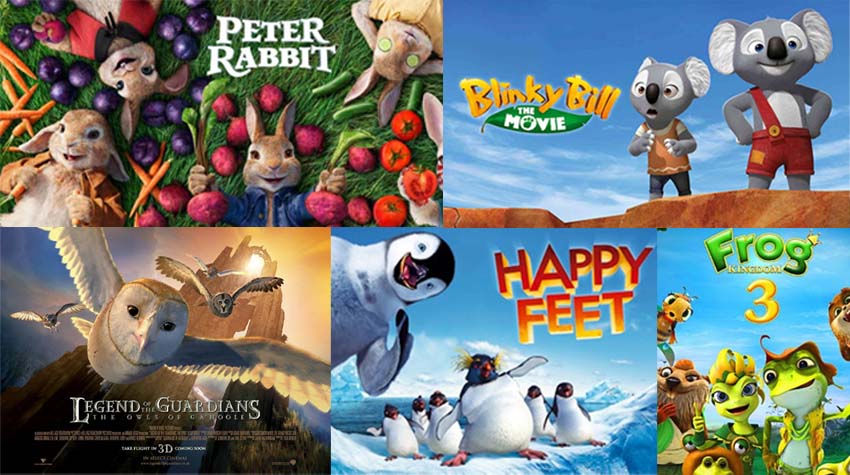
Last but definitely not least, let’s talk about Animal Logic – the studio that’s like the cool science lab of the animation world. Based in Australia, they’ve become masters of blending different animation styles and pushing technical boundaries.
Their breakthrough moments include:
- The LEGO Movie’s unique stop-motion-style CGI
- Happy Feet’s revolutionary feather rendering
- Photorealistic animals in Peter Rabbit
- Groundbreaking visual effects in The Great Gatsby
What makes Animal Logic special is their ability to create distinctive visual styles for each project. The LEGO Movie looks completely different from Happy Feet, which looks nothing like Peter Rabbit – it’s like they reinvent themselves with each new film.
Their technical innovations have changed how we think about computer animation. They’ve shown that CGI doesn’t have to look like CGI – it can mimic stop-motion, traditional animation, or even reality itself. They’re like the mad scientists of animation, always experimenting with new techniques and pushing the boundaries of what’s possible.
The Rising Stars: From Laika to Illumination
While the giants of animation have been duking it out at the box office, a new generation of studios has been quietly revolutionizing the industry in their own unique ways. It’s like watching indie bands become headliners – these studios are writing the future of animation one frame at a time.
Laika Studios is keeping the flame of stop-motion animation alive and making it cooler than ever. Using 3D printing technology to create incredibly expressive puppet faces, they’ve created visual feasts like Coraline and Kubo and the Two Strings. It’s old-school craftsmanship meets cutting-edge tech, like a steampunk dream come true.
Then there’s Illumination Entertainment, who proved you don’t need a massive budget to make a massive hit. Those adorable Minions? They’re like the potato chips of animation – impossible to resist and wildly addictive. Their success shows that sometimes simple, well-executed ideas can compete with the most technically advanced productions.
Blue Sky Studios (now part of Disney) gave us the Ice Age franchise and showed that new players could establish themselves in the market. Meanwhile, Sony Pictures Animation has been experimenting with revolutionary visual styles – just look at Spider-Man: Into the Spider-Verse, which feels like a comic book came to life and decided to rewrite all the rules.
What is Next?
From humble beginnings with hand-drawn cells to today’s mind-bending computer graphics, animation studios have transformed entertainment in ways Walt Disney himself probably never imagined. Each studio we’ve explored has added its own special ingredient to the recipe – Disney’s timeless magic, Pixar’s technical wizardry, Ghibli’s poetic touch, DreamWorks’ irreverent charm, and the rising stars’ innovative spirit.
As we look to the future, one thing’s clear: animation isn’t just about making pretty pictures move. It’s about pushing boundaries, telling stories that matter, and creating moments of pure joy that stick with us forever. Whether you’re a kid watching your first animated film or an adult rediscovering the magic, these studios remind us that sometimes the most real things in life are the ones we have to imagine. Now, if you’ll excuse me, I think it’s time for a movie marathon!

